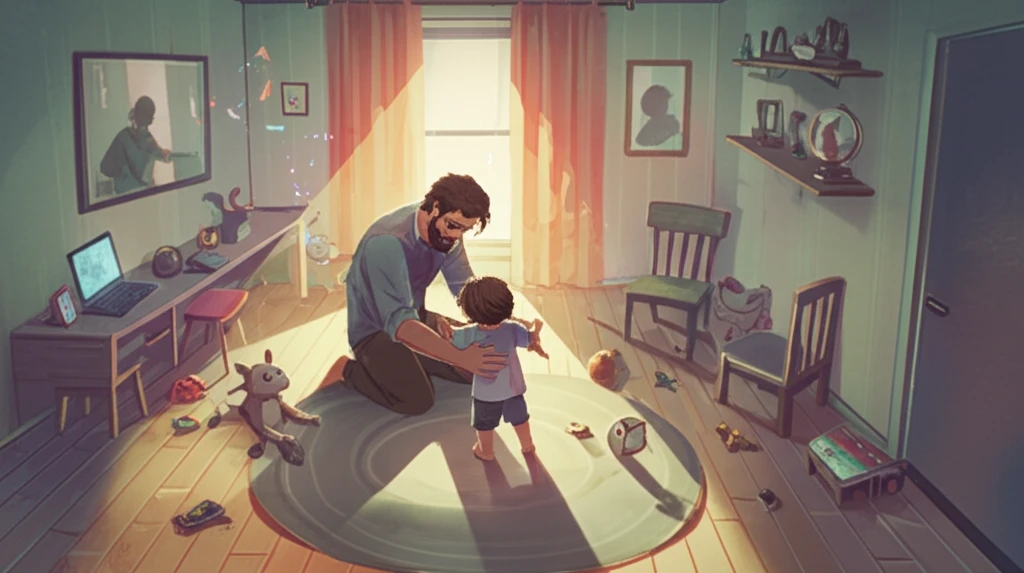
Is Parent-Child Interaction Therapy Right for Your Family? A Comprehensive Guide
"Discover how PCIT can transform challenging behaviors and strengthen your bond with your child."
Parenting can be one of the most rewarding, yet challenging, experiences in life. When children exhibit behavioral issues like aggression, defiance, or frequent temper tantrums, it can create significant stress within the family. Many parents feel lost and unsure of how to effectively address these challenges, impacting their relationship with their child and their overall family dynamic.
If you're a parent struggling with these issues, you're not alone. There are evidence-based treatments available that can help. One such treatment is Parent-Child Interaction Therapy (PCIT). PCIT is designed to help families of children with behavioral difficulties by improving parenting skills, enhancing the parent-child relationship, and reducing disruptive behaviors.
This comprehensive guide will walk you through the key aspects of PCIT, exploring how it works, who it can help, and what to expect during the therapy process. By understanding PCIT, you can determine if it's the right approach to create a more harmonious and supportive family environment.
What is Parent-Child Interaction Therapy (PCIT)?

PCIT is an evidence-based treatment specifically designed for families with children aged 2 to 7 who exhibit challenging behaviors. These behaviors can include aggression, defiance, frequent temper tantrums, and disruptive behavior disorders such as Oppositional Defiant Disorder (ODD) and Conduct Disorder.
- Child-Directed Interaction (CDI): This phase focuses on strengthening the parent-child relationship through play. Parents learn to follow their child's lead, using specific skills to create a positive and engaging interaction.
- Parent-Directed Interaction (PDI): Once the relationship is strengthened, this phase focuses on teaching parents effective discipline strategies and how to manage their child's behavior by giving clear, direct commands and consequences.
Transform Your Family Dynamics with PCIT
If you're struggling with your child's behavior and feeling overwhelmed, Parent-Child Interaction Therapy offers a promising path forward. By learning effective parenting skills and strengthening your relationship with your child, you can create a more positive, supportive, and harmonious family environment. Talk to your pediatrician or a qualified mental health professional to see if PCIT is the right solution for your family.
